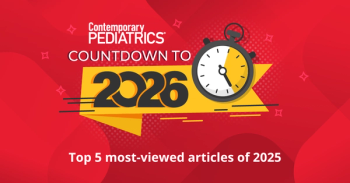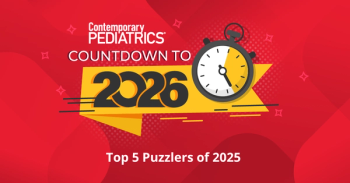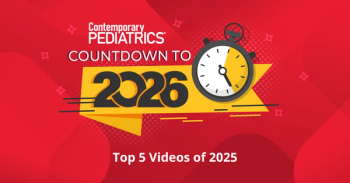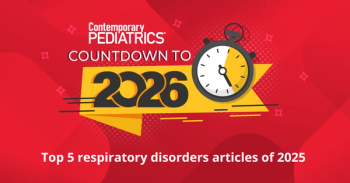
Puzzler poll: Can you identify this bite?
Despite their frequency, it can be challenging to distinguish between types of bites. Can you identify the source of this bite mark?
Bite injuries are a significant problem in the United States. Discriminating between human and animal bites and identifying those associated with child maltreatment is essential. Approximately 250,000 human bites and several million animal bites occur annually.1 There was also a reported increase in animal bite injuries during the COVID-19 pandemic.2 Despite their frequency, it can be challenging to distinguish between types of bites. There are also few detailed images and descriptions of cutaneous findings of human and animal bites in the literature.
Additionally, though such injuries occur in various ways, pediatric providers must consider the possibility of child maltreatment. In the COVID-19 pandemic, there was also a documented increase in child abuse–related injuries.3 Though bite wounds are a less common cutaneous finding in child abuse,4 both human and animal bites may result from nonaccidental trauma or neglect.
In the poll below, try to identify what caused this bite mark on the palm of a 16-year-old boy.
Can you identify the source of this bite?
Thank you for taking this Contemporary Pediatrics puzzler poll. Visit ContemporaryPediatrics.com on Wednesday, August 6, 2025, at 12:00 PM ET or later for many more bite examples in the pediatric population and how to distinguish between common animal bites and human bites.
"This [case] was prompted by the increases in child abuse and animal bite injuries during the COVID-19 pandemic, with the need to add to the limited descriptions of cutaneous findings of bites in the literature," wrote the authors of this case.
References:
- Bula-Rudas FJ, Olcott JL. Human and animal bites. Pediatr Rev. 2018;39(10):490-500. doi:10.1542/pir.2017-0212
- Dixon CA, Mistry RD. Dog bites in children surge during coronavirus disease-2019: a case for enhanced prevention. J Pediatr. 2020;225:231-232. doi:10.1016/j.jpeds.2020.06.071
- Kovler ML, Ziegfeld S, Ryan LM, et al. Increased proportion of physical child abuse injuries at a level I pediatric trauma center during the Covid-19 pandemic. Child Abuse Negl. 2021;116(Pt 2):104756. doi:10.1016/j.chiabu.2020.104756
- Kos L, Shwayder T. Cutaneous manifestations of child abuse. Pediatr Dermatol. 2006;23(4):311-320. doi:10.1111/j.1525-1470.2006.00266.x
Newsletter
Access practical, evidence-based guidance to support better care for our youngest patients. Join our email list for the latest clinical updates.








